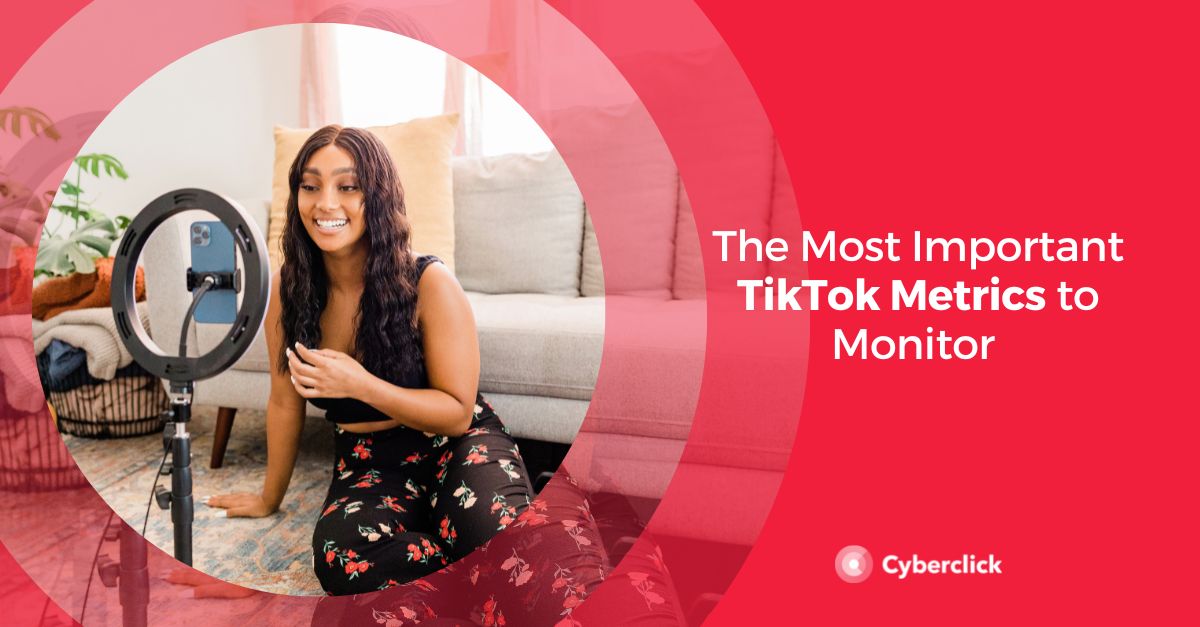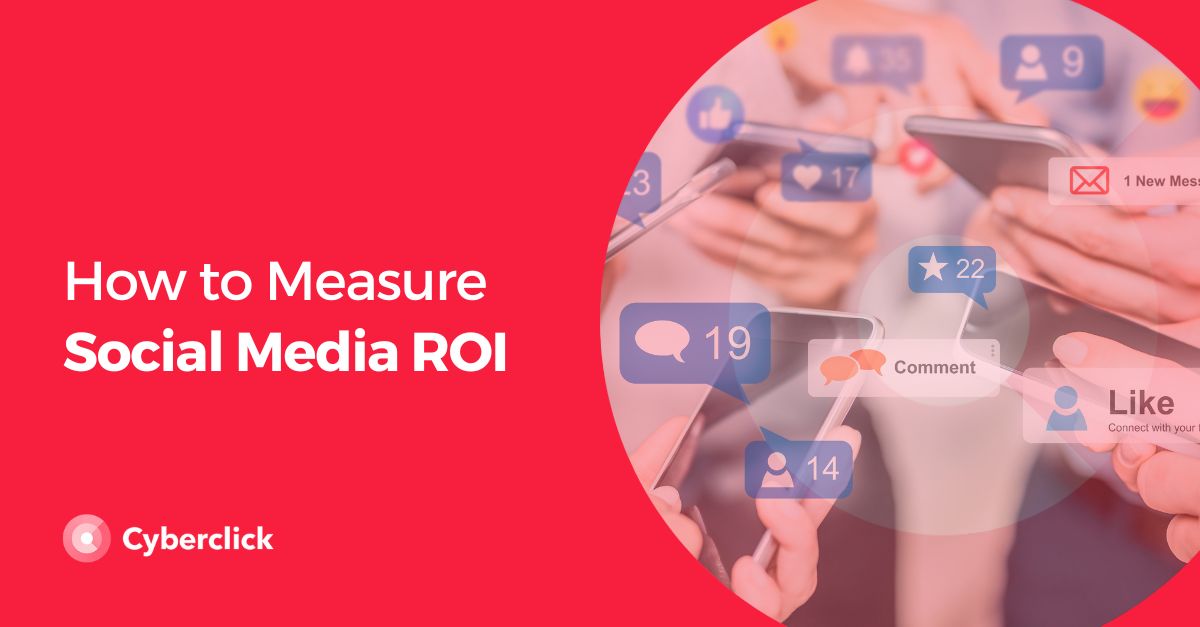Measuring the right digital marketing metrics is fundamental. But there’s so much data at our disposal that it can be difficult to know what to focus on.
In the case of social media, the situation is even more complicated, since each platform has its own metrics. To help you with this, let's review the main metrics you should measure for each social network.
What Social Media Metrics Should You Measure on Each of Your Networks?
Social media metrics are the data and statistics that provide us with information about marketing performance on these platforms. Oftentimes the network itself provides these metrics in its analytics section.
Some social media metrics are universal, but as new networks with different particularities have emerged, we have to take into account the specific metrics of each platform. Below, we include the most important ones for today's largest social media platforms.
Keep in mind that, in addition to these specific metrics, you should also collect information on how social networks contribute to your overall business objectives. In particular, it is very important to know what proportion of the traffic to your website comes from your social media channels, how many leads are generated, and how they influence conversions.
Facebook Metrics
-
Reach/impressions: the number of times your posts have been seen. It is essential to be able to assess your impact and visibility on this network.
-
Reactions: likes are the basic metric of engagement on Facebook, but bear in mind that, unlike other networks, here there are other reactions, such as a sad face or a heart, so put these metrics in context.
-
Comments and shares: these two metrics give a more complete view of engagement on Facebook. Comments indicate a high level of engagement, while shares encourage virality.
-
Link clicks: this metric helps you know if your CTAs on Facebook are working and if you are attracting users to your website.
-
Video views: video has been taking an increasingly prominent role on Facebook, both through embedded, native, and live videos. This metric allows you to monitor the impact of Facebook on your video marketing.
YouTube Metrics
-
Video views: the total number of times the videos on your YouTube channel have been viewed.
-
Total viewing time: the total time your channel's videos have been viewed. To get a more complete picture, you can relate it to the previous metric and see what average percentage of each video users are watching.
-
Video interactions: this metric collects users' reactions to your videos. For example, marking with a like or leaving a comment.
Instagram Metrics
-
Reach/impressions: the number of times your posts have been seen on this network. This metric gives you an idea of the impact and visibility you are getting through Instagram.
-
Video plays: Instagram allows you to upload video content such as Stories or Reels. With this metric you can see how many times your videos have been viewed.
-
Interactions with posts: this refers to the number of user reactions. For example, leaving a like, a comment or sharing a post.
TikTok Metrics
-
Video views: the number of times your videos have been viewed on this social network. Since TikTok focuses exclusively on the video format, this metric is key to understanding your marketing performance.
-
Total playback time: the total time users have spent watching your videos. As with YouTube, it is interesting to relate it to the previous metric.
-
Video interactions: the number of user reactions to your videos.
-
Hashtags performance: you can monitor both the growth of the hashtags you have created for your brand and the most popular hashtags on the platform.
Pinterest Metrics
-
Impressions: a basic metric to be able to assess the impact and visibility you are achieving in this social media platform.
-
Video interactions: the number of user reactions to your video content. This format is becoming more and more important on Pinterest, so it is a very relevant metric.
-
Outbound clicks: this metric allows you to relate your activity on Pinterest with traffic to your website.
Twitter Metrics
-
Impressions: the number of times your tweets have been seen. This is essential to knowing the reach of your posts.
-
Video interactions: as on many other major social networks, video has been gaining prominence on Twitter. This metric allows you to measure the performance of your video marketing on this network.
-
Link clicks: a basic metric to evaluate the impact of your CTAs and your ability to generate traffic through social networks.
-
Profile visits: the number of times users have visited your Twitter profile.
LinkedIn Metrics
- Unique impressions/impressions: on LinkedIn, we can distinguish between the total number of times your posts have been viewed and the number of unique users who have viewed them.
- Video interactions: video marketing also plays a role on LinkedIn, as it is a very useful tool to showcase your company and products. This metric tracks the number of reactions to your videos.
- Interaction rate: this metric, also known as engagement rate, measures the percentage of users who interact with your posts.
Social Account Manager at Cyberclick. Le apasiona el marketing, las redes sociales, leer y escribir.
Social Account Manager at Cyberclick. Passionate about marketing, social media, reading and writing.






Leave your comment and join the conversation